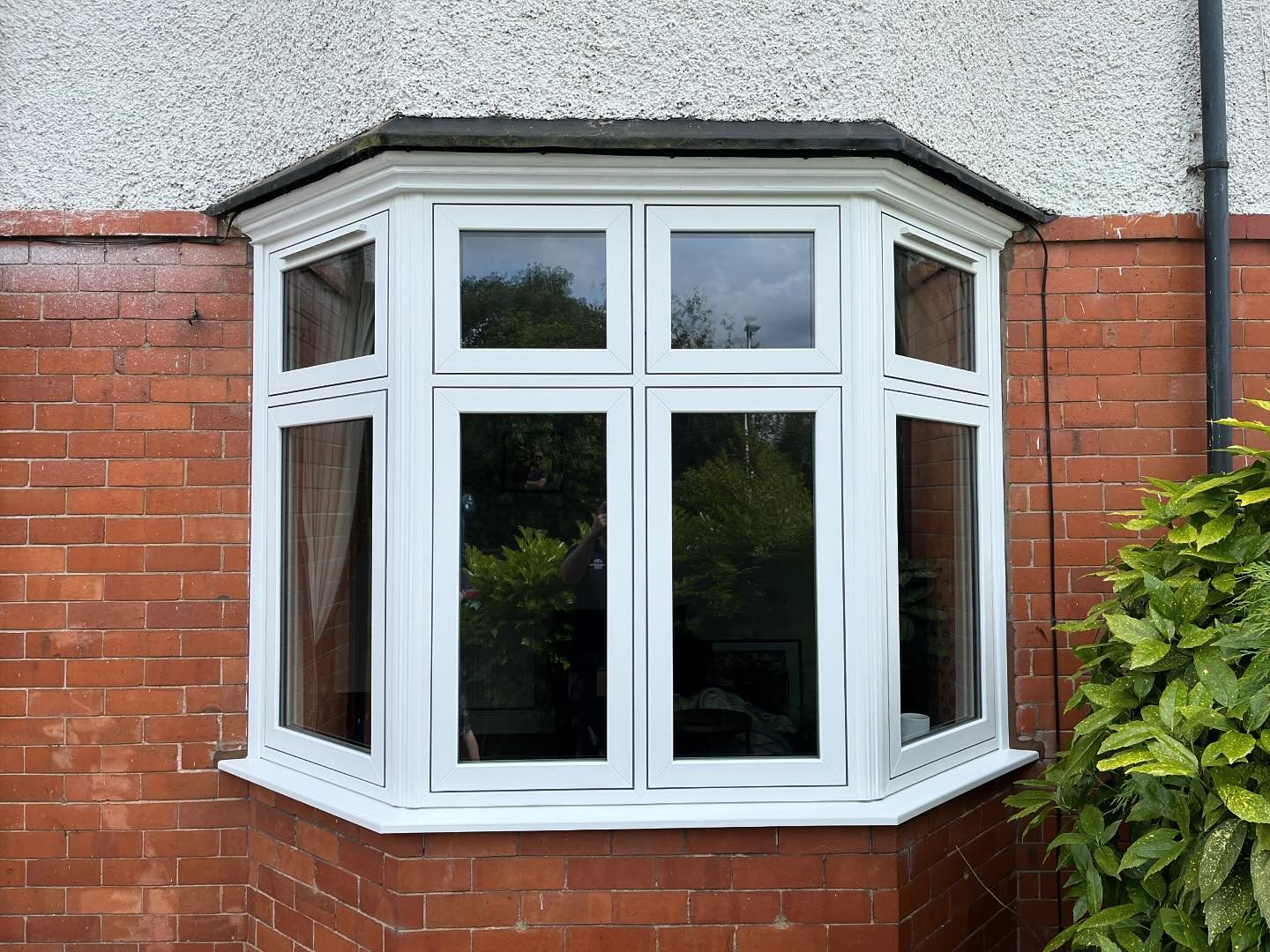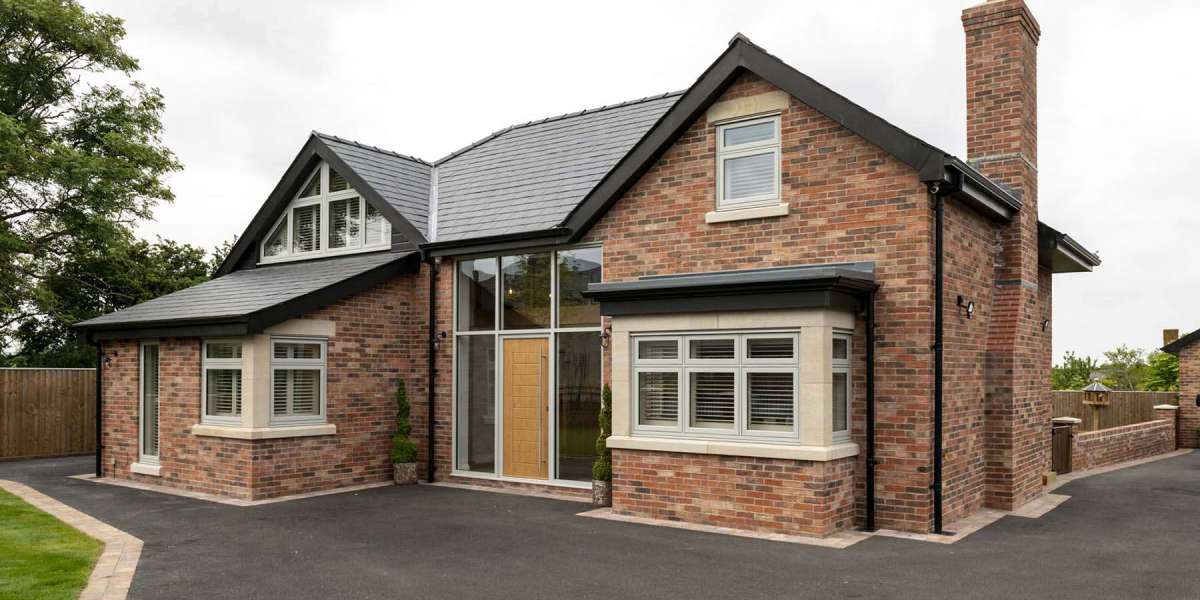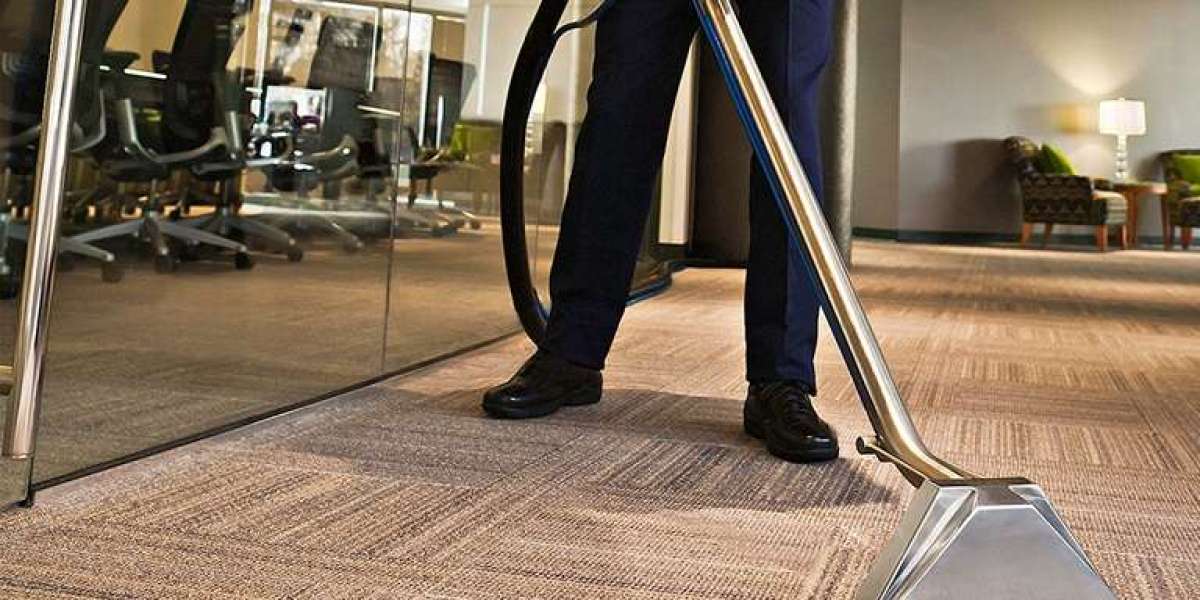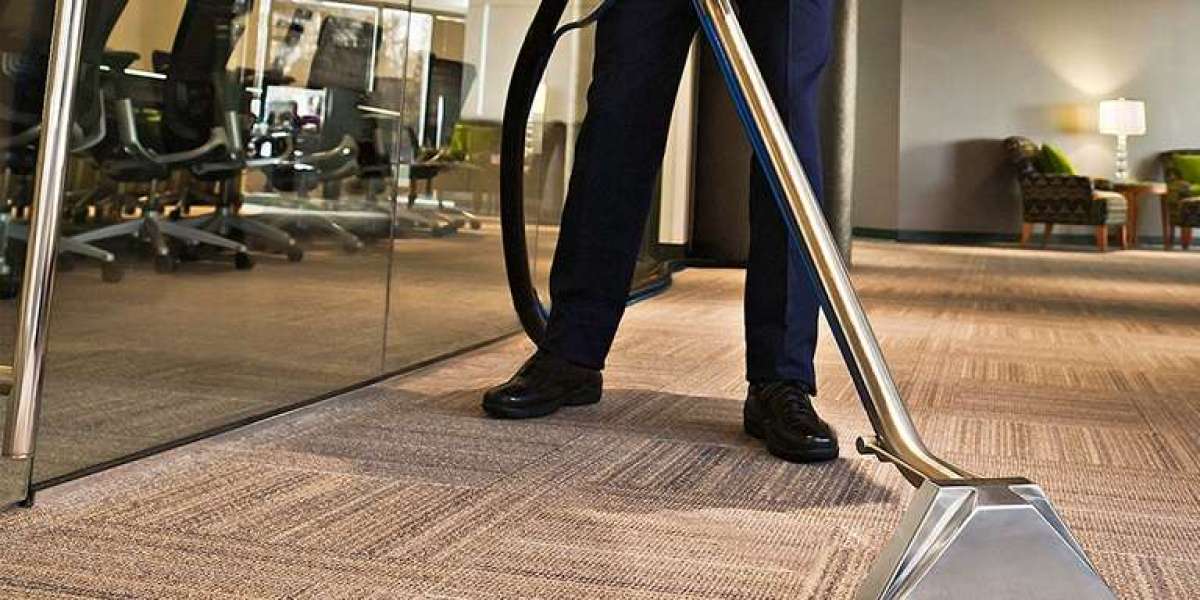Bifold doors, also known as bi-folding doors or folding sliding doors, have gained immense popularity in residential and commercial architecture due to their versatility, aesthetic appeal, and functionality. This report aims to provide a detailed study on bifold doors, exploring their design features, material options, installation processes, benefits, and considerations for homeowners and builders alike.
1. Introduction to Bifold Doors
Bifold doors are characterized by their unique folding mechanism, which allows multiple panels to slide and fold against one another, creating a wide opening. This design is particularly beneficial in spaces where maximizing natural light and creating a seamless transition between indoor and outdoor areas is desired. Originally popularized in the mid-20th century, bifold doors have evolved significantly, incorporating advanced materials and technology to enhance their performance and aesthetic appeal.
2. Design Features
Bifold doors are available in various configurations, typically consisting of two to eight panels that can be opened to one side or split in the middle. The design can be customized to fit different architectural styles, from contemporary to traditional. Key design features include:
- Frame Materials: Bifold doors can be constructed from various materials, including aluminum, wood, and vinyl. Each material offers distinct advantages in terms of durability, insulation, and maintenance.
- Glazing Options: High-performance glazing options, such as double or triple glazing, can enhance energy efficiency and sound insulation. Low-E coatings can also be applied to reduce UV exposure and improve thermal performance.
- Threshold Options: Bifold doors can feature low-level thresholds for easy access, especially beneficial for homes with children or elderly residents. Higher thresholds may provide added security and weather resistance.
3. Material Options
The choice of material for bifold doors significantly impacts their performance, durability, and aesthetic appeal. The three most common materials include:
- Aluminum: Known for its strength and durability, aluminum bifold doors are often favored for modern designs. They require minimal maintenance and can be powder-coated in various colors to match the home’s exterior.
- Wood: Wooden bifold doors offer a classic, warm aesthetic and can be customized with different stains and finishes. However, they require more maintenance to protect against moisture and warping.
- Vinyl: Vinyl bifold doors are a cost-effective option that provides good insulation and low maintenance. They are available in various colors and styles, although they may not offer the same level of customization as wood or aluminum.
4. Installation Process
The installation of bifold doors requires careful planning and execution to ensure proper functionality and aesthetics. The following steps outline the typical installation process:
- Measurement: Accurate measurements are crucial for ensuring a perfect fit. Homeowners should measure the opening width and height, accounting for any necessary adjustments.
- Preparation: The installation area must be prepared by removing any existing doors or frames and ensuring the opening is level and structurally sound.
- Frame Installation: The bifold door frame is installed first, typically secured to the floor and ceiling. Ensuring the frame is plumb and level is essential for smooth operation.
- Panel Installation: Once the frame is in place, the individual door panels are hung on the track system. Adjustments may be necessary to ensure that each panel opens and closes smoothly.
- Finishing Touches: After installation, any necessary weather stripping or seals are added to improve energy efficiency. The final step involves testing the Doors By Ideal Glass for proper operation.
5. Benefits of Bifold Doors
Bifold doors offer numerous benefits that make them an attractive option for homeowners and builders:
- Space Efficiency: Bifold doors fold neatly to one side, maximizing usable space and eliminating the need for a swinging door’s clearance.
- Natural Light: With large glass panels, bifold doors allow ample natural light to flow into the home, creating a bright and inviting atmosphere.
- Seamless Indoor-Outdoor Living: Bifold doors create a seamless transition between indoor and outdoor spaces, enhancing the overall living experience. This feature is particularly desirable for patios, decks, and gardens.
- Aesthetic Appeal: The modern and sleek design of bifold doors enhances the visual appeal of a home, making them a popular choice for contemporary architecture.
- Increased Property Value: Installing bifold doors can enhance a property’s market value, making it a worthwhile investment for homeowners looking to sell in the future.
6. Considerations
While bifold doors offer many advantages, there are also considerations to keep in mind:
- Cost: Bifold doors can be more expensive than traditional doors due to their complex design and installation requirements. Homeowners should budget accordingly.
- Space Requirements: Although bifold doors save space when open, they do require sufficient wall space to fold back completely. Homeowners must ensure that the installation area can accommodate this feature.
- Maintenance: Depending on the material chosen, bifold doors may require regular maintenance to ensure longevity. For example, wooden doors may need periodic staining or sealing, while aluminum doors may require cleaning to prevent dirt buildup.
- Security: While modern bifold doors come with advanced locking mechanisms, homeowners should consider additional security measures, such as multi-point locks or security screens, to enhance safety.
7. Conclusion
Bifold doors represent a versatile and stylish solution for enhancing both the functionality and aesthetics of residential and commercial spaces. Their ability to create seamless transitions between indoor and outdoor areas, combined with the benefits of natural light and space efficiency, makes them a popular choice among homeowners and builders alike. By understanding the various design features, material options, installation processes, and considerations associated with bifold doors, individuals can make informed decisions that align with their specific needs and preferences. As architectural trends continue to evolve, bifold doors are likely to remain a prominent feature in modern design, offering endless possibilities for enhancing living spaces.








